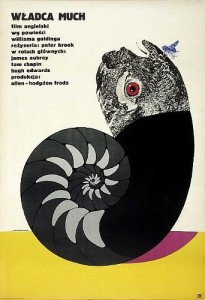Using chemicals to grow food is in many ways similar to raising bears who are unafraid of humans – not a good thing. With bears, we know what happens; with pesticides and herbicides, not so much – but like bears, we’ve got a pretty solid idea.
Known alternately as organic farming with a spiritual component and the first modern ecological farming system, biodynamic agriculture fuses the concepts of earth and soul with the ingredients we put into each. This bit of symmetry is no accident. One of the small-t truths is that we expect a sort of harvest from both, and it’s okay to admit this. The conundrum of inputs and expectations is less related to the bizarre instance of food magically appearing in cans on the shelves of our supermarkets that it resembles; it is more akin to the imperceptible marvel that comes from almost any time spent living in Europe and/or parts of South America where, in the process of exploring, eating, drinking and living, wine simply becomes food again. The back-alley alchemy is what we’ve done to food to make it so sterile, anti-septic and often poisonous. Stepping back from this abyss is powerfully hypnotic, tied to increased health, vigor, libido, creativity, connection, community, meaning and almost any other ailment identified by name or fame in TV pharmaceutical commercials.
I often wonder whether this particular blog thing-y is cumulative or just a bunch of unconnected latitudes spanning a distant planet called sane. Then I answer, yes. Viticulture is an easy jumping off point on biodynamic Ag, and more importantly, a dead giveaway to its essence. See [insert abstract noun here] not for what it is, but for what it should be. Imagine a pairing for each of the seven sins but, of course, always consult your doctor.

